THE PIP APPROACH

Building a solid foundation for sustainable change, working towards sustainable farming systems, thriving communities, and healthy landscapes.
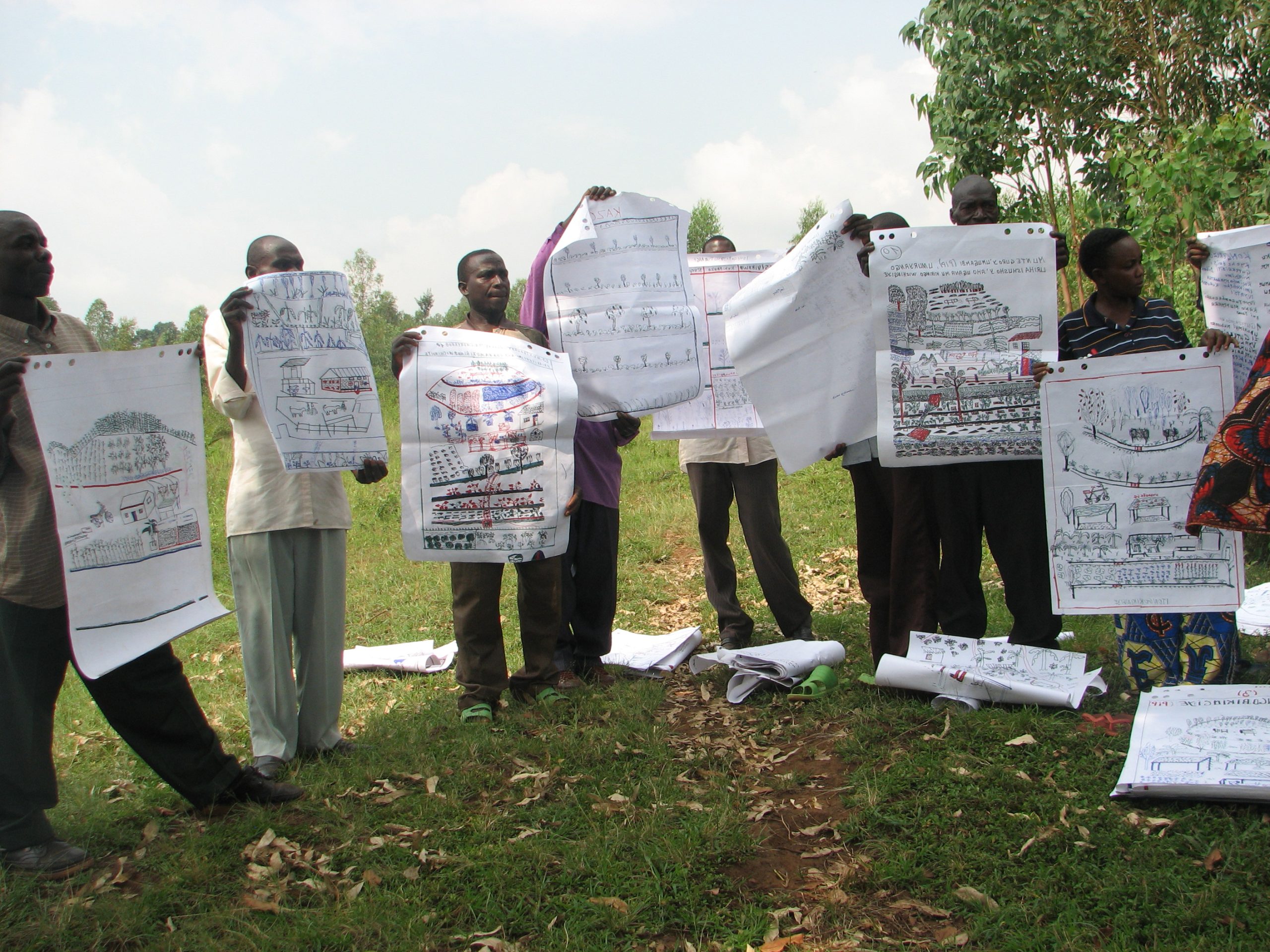

Over 400,000 farmers working with PIP
More than 50 projects implemented in 10+ countries
11 years of experience
Over 400,000 farmers working with PIP
More than 50 projects implemented in 10+ countries
11 years of experience

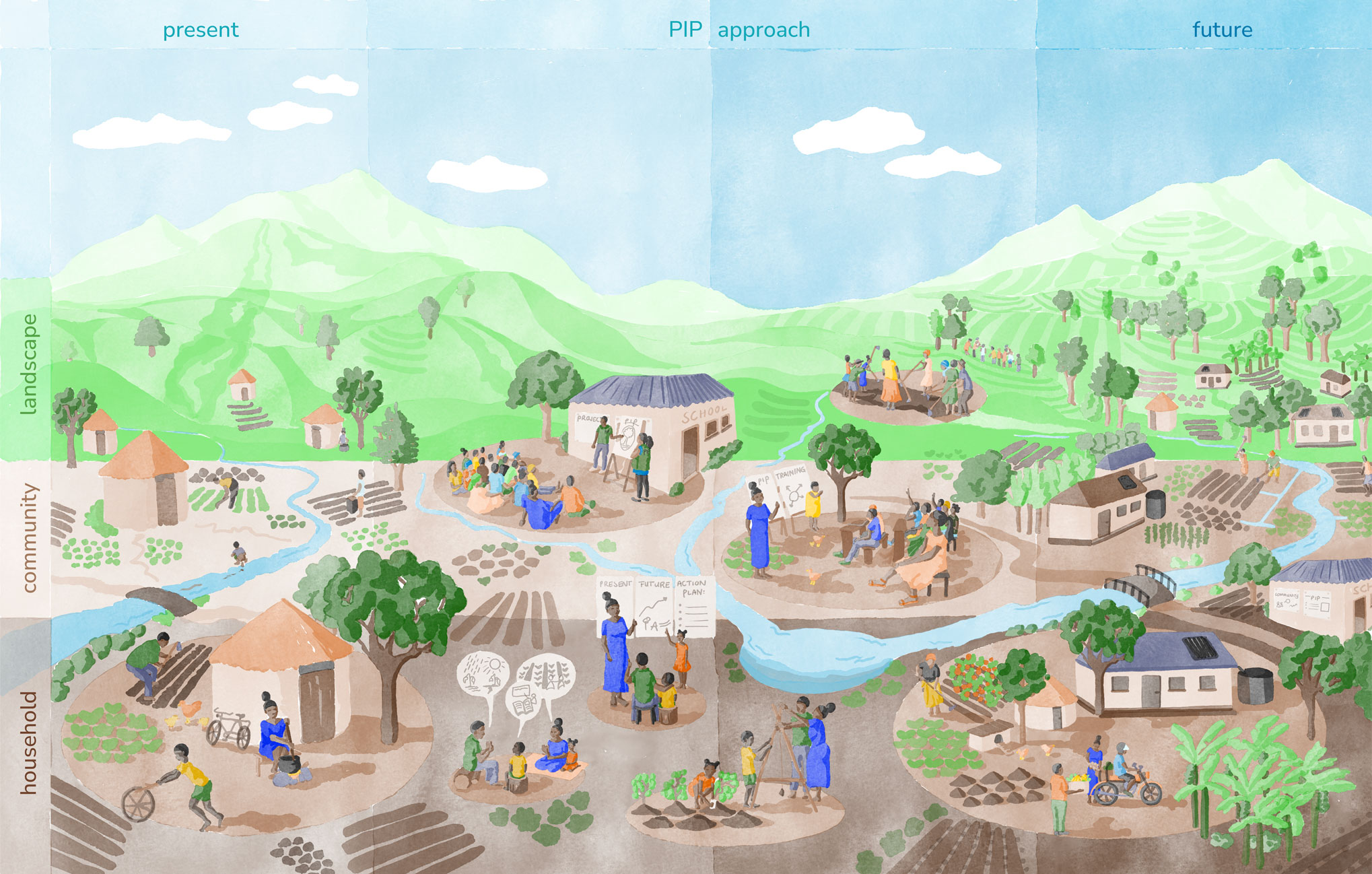
Years of unsustainable resource use and poor
management practices have left many landscapes
degraded.
Families heavily rely on these lands for food and
income, but are confronted with poor soil fertility,
climate change, market fluctuations and limited
access to services.
Faced with these challenges, community members
come together to imagine a better future and create
a shared vision for change.
Change begins with a drawing and a plan. Farmer
families sketch today’s reality and their vision for
tomorrow, sparking dialogue about roles,
responsibilities, and opportunities.
Together, family members share aspirations, divide
tasks, and agree on the way forward to realize
their desired future.
As they plan, act and learn together, motivation
grows, confidence builds, and families recognize
their capacity to shape their futures.
Over time, fields become more fertile, harvests more
abundant, incomes more secure, and households
more resilient.
Farmers exchange knowledge, collaborate across
families, and work toward shared goals in the
community.
They work together to restore degraded lands,
strengthen local structures, and take collective
ownership of their environment.
Their joint efforts spark lasting change: they revive
landscapes, restore ecosystems, and strengthen
livelihoods, paving the way for a more resilient
future.
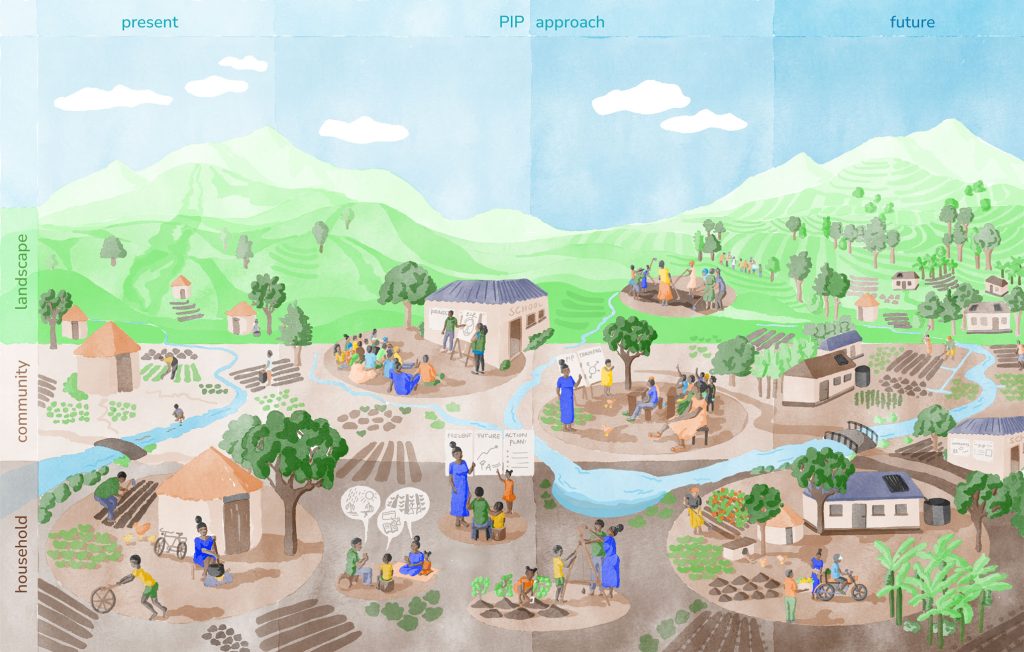
In essence, the PIP approach supports farmer households and communities to transition from a present (left-hand side of image) to a future (right-hand side of the image) situation by imagining a realistic future, developing action plans, and beginning to implement activities, driving locally-rooted and sustainable change.
The PIP approach aims to…
- Facilitate long-term planning: support households and communities to envision their future, visualize common goals, and set realistic actions.
- Empower people to act: promote locally led development by fostering agency and continuous learning among households, communities, and local stakeholders.
- Foster sustainable land management: encourage integrated farming practices, improve soil health, and strengthen land stewardship.
- Mobilize people at scale: stimulate farmer-to-farmer exchanges, enhance social cohesion, and initiate joint action planning with local institutions.
- Strengthen resilience: promote diversification and integration of activities, and contribute to the overall well-being of communities and ecosystems.

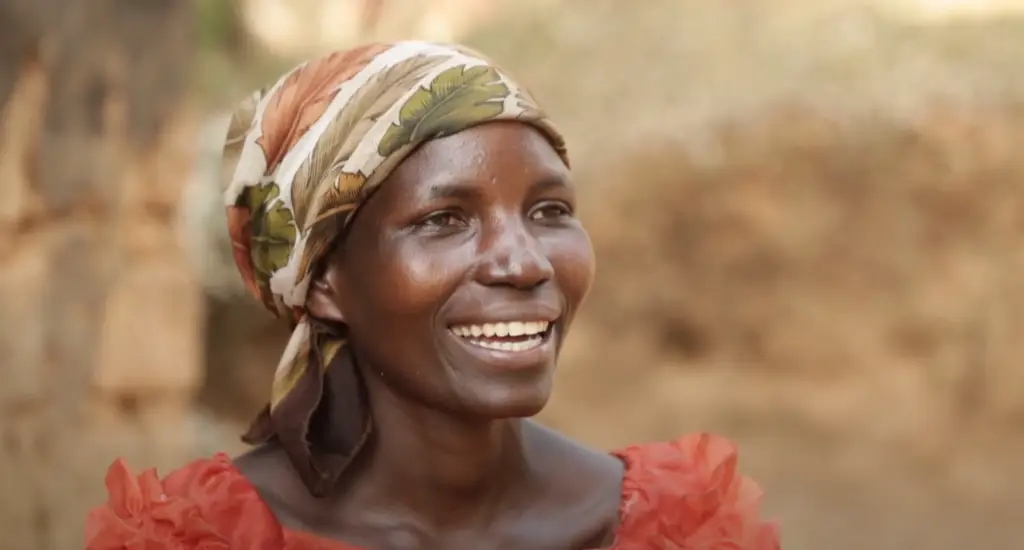
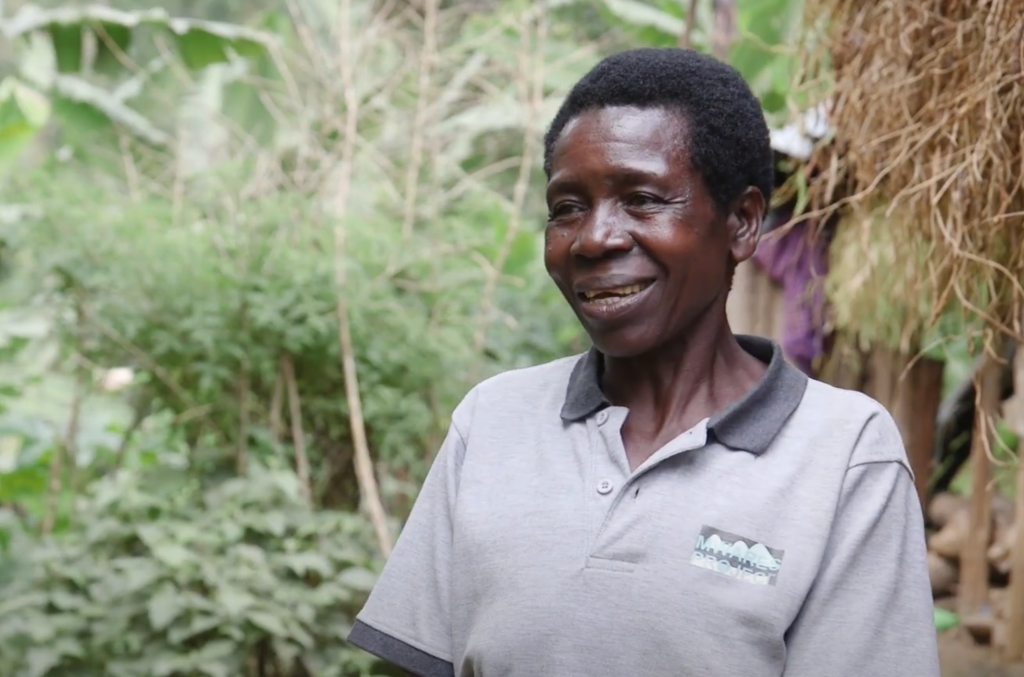

From Mount Elgon’s rugged slopes, this video captures the impact of the MWARES project (2019–2023). It tells the story of how over 8000 farming families reclaimed land, revived biodiversity, and rebuilt livelihoods, demonstrating what is possible when communities become empowered to take ownership of their future.

PIP partners

Stay tuned
Sign up to receive the PIP newsletter.
